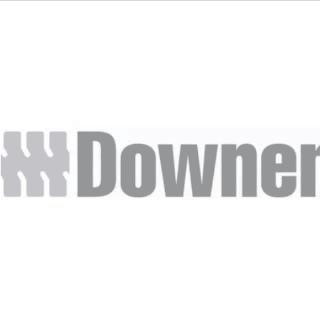Information
-
Document No.
-
Audit Title
-
Client / Site
-
Conducted on
-
Prepared by
-
Location
-
Personnel
-
Corridor
Pre Work Brief
-
Poor - Brief not used or completed to a satisfactory level. Work team not engaged. Delivered with lack of confidence or interest.
Fair - Brief completed to a satisfactory level. Some workers engaged whilst delivering. Lack of input or interest from some personnel.
Good - Brief completed to a good level. All items in the brief completed with applicable information. Staff input and engagement throughout brief.
Best Practice - Brief completed to a high level, with additional information (site maps, Traffic movement plans, haul road maps) documented through input and engagement from all workers on site. -
How would you describe the Pre Work Brief?
Hazard Identification
-
Poor - No or lack of hazards identified, work group not participating in engagement.
Fair - Generic hazards identified and documented on the brief. Workers understanding generic hazards and controls implemented.
Good - Task and site specific hazards identified with controls implemented. Good understanding from staff through active engagement and positive communications.
Best Practice - Task & site specific hazards identified in great depth with controls implemented (gradients & materials machines are working on, loading & lifting plans, loading trucks from operators cab side, loading on even ground, not loading over cabin of vehicles, delineation, parking areas for machinery, service locating, asset damage, etc.) Hazards clearly understood from site personnel through engagement. -
How would you describe the hazard identification?
Exclusion zones and delineation
-
Poor - No exclusion zones implemented, people and plant integration in confined areas.
Fair - People vs. plant separation by determined exclusion zone WMS, Work instruction, PWB. Ground personnel understand exclusions.
Good - Exclusion areas for plant and people. Spotters used to warn operators of limits of delineation and exclusion zones. Workers understand exclusion zones and delineation limits.
Best Practice - Clear exclusion zones marked out. Spotter used to worn operator of ground personnel movements. Operator having situational awareness of ground personnel around them. Ground personnel understanding machinery movements and limits. Ground personnel always staying in eye line with machine and operator. Operator to ground tools and attachments if personnel enter work area. -
How would you describe the exclusion zones and delineation
Communication
-
Poor - No communication with operators and ground personnel.
Fair - Communication protocol developed and understood by operator and ground personnel.
Good - Clear and precise communication protocols understood and used throughout.
Best Practice - All communications to be clear and precise with confirmation off both ground personnel and operator. Any intended movements on site are communicated to all staff on site. -
How would you describe the communication?
Work Method Statements (WMS)/Work instructions
-
Poor - Non-compliance or disregard for WMS.
Fair - Workers signing onto WMS. Responsible person reviewing with team, some engagement with work group, following the WMS.
Good - Work team engaging in reviewing the document and following controls on site. Workers briefing visitors on site with the appropriate WMS.
Best Practice - Work team review and engage in conversations about WMS to identify if additional controls should be implemented that are not current on the WMS. Workers completing a WMS field checklist to ensure compliance of WMS. -
How would you describe the compliance with Work Method Statements (WMS)/Work instructions?
Plant & Equipment prestart and checklists
-
Poor - Inspection or checklist not conducted (Operator- often because of: new machine, operator checked it yesterday, operator operates machine on a daily basis).
Fair - Operator inspects and conducts checklist/ prestart to applicable document. Storage of plant in adequate positions. Plant & Equipment check conducted with no record.
Good - Plant & Equipment check conducted and documented.
Best Practice - Operator conducts thorough pre start/ checklists. Operator will use vandal covers (where available) between shifts to minimise the risk of sabotage to machines which can often result in faulty/ dangerous machinery. Operator will park machine where an easy reached inspection area for the next day’s work. -
How would you describe the use of Plant & Equipment prestart and checklists?










